Discover 11 hidden attractions, cool sights, and unusual things to do in Maebashi (Japan). Don't miss out on these must-see attractions: Maebashi Tōshō-gū, Kōzuke Kokubun-ji, and Hōtōzan Kofun. Also, be sure to include Jaketsuzan Kofun in your itinerary.
Below, you can find the list of the most amazing places you should visit in Maebashi (Gunma).
Table of Contents
Maebashi Tōshō-gū

Maebashi Tōshō-gū is a Shinto Shrine dedicated to Tokugawa Ieyasu in the city of Maebashi, Gunma Prefecture, Japan. It was established in 1624.[1]
Kōzuke Kokubun-ji
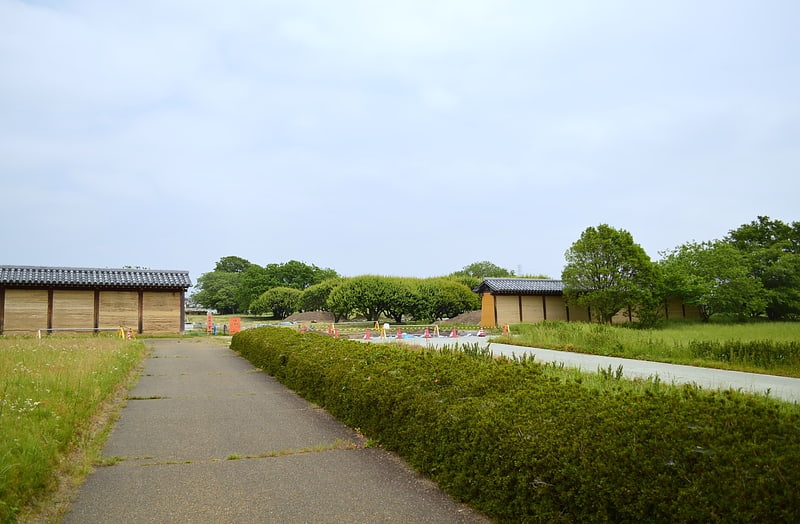
Kōzuke Kokubun-ji was a Japanese Buddhist temple located on the border of what is now the cities of Maebashi and Takasaki Gunma Prefecture, Japan. It was one of the provincial temples established by Emperor Shōmu during the Nara period for the purpose of promoting Buddhism as the national religion of Japan and standardising control of the Yamato rule to the provinces. The temple no longer exists, but the temple grounds were designated as a National Historic Site by the Japanese government in 1926. The ruins of the provincial nunnery, the Kōzuke Kokubun-niji is adjacent to they site but is not part of the National Historic Site designation.[2]
Hōtōzan Kofun
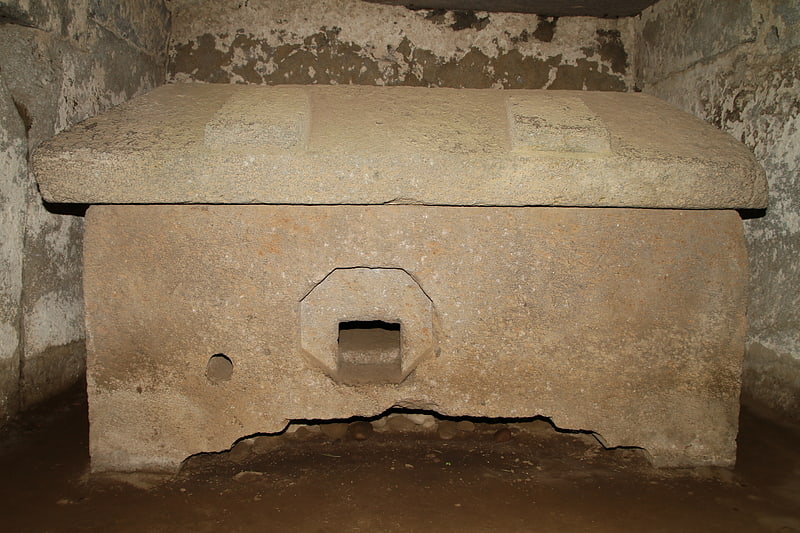
The Hōtōzan Kofun is a Kofun period burial mound located in what is now the Sōja neighborhood of the city of Maebashi, Gunma Prefecture in the northern Kantō region of Japan. The site was designated a National Historic Site of Japan in 1944. It is one of several kofun in the Sōja Kofun Group.[3]
Jaketsuzan Kofun
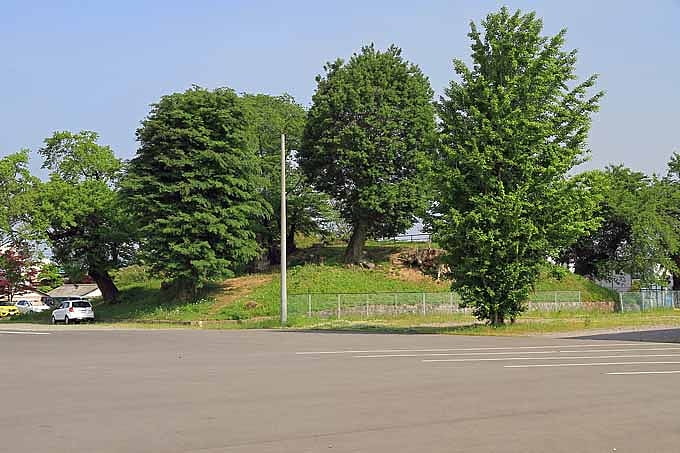
The Jaketsuzan kofun is a square-shaped Kofun period burial mound located in what is now the Sōja neighborhood of the city of Maebashi, Gunma Prefecture in the northern Kantō region of Japan. The site was designated a National Historic Site of Japan in 1974.[4]
Maebashi Castle
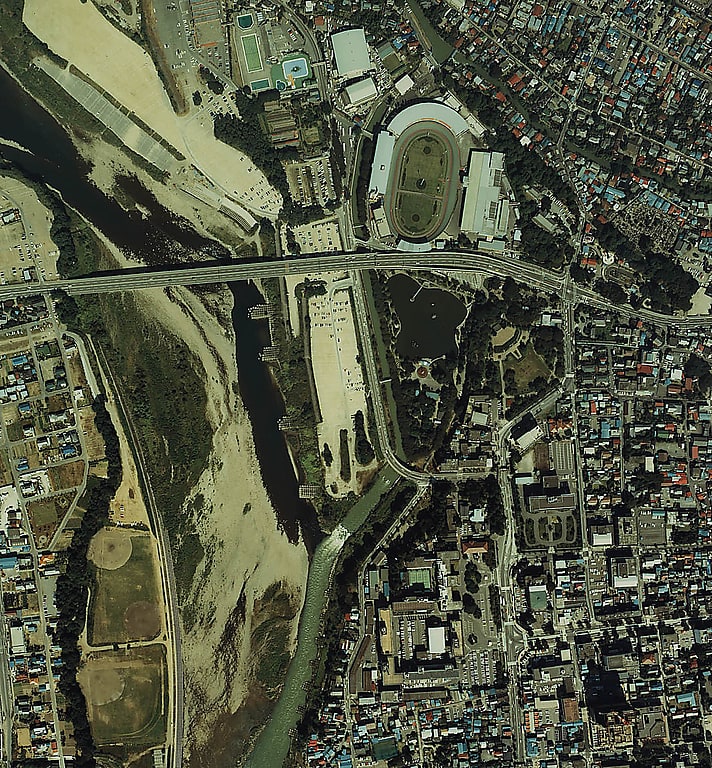
Also known as: 前橋城
Maebashi Castle is a Japanese castle located in Maebashi, central Gunma Prefecture, Japan. At the end of the Edo period, Maebashi Castle was home to a branch of the Matsudaira clan, daimyō of Maebashi Domain, although the castle was ruled by a large number of different clans over its history. The castle was also known as "Mayabashi-jō", after the former name of Maebashi.[5]
Sōja Futagoyama Kofun

Sōja Futagoyama Kofun is a Kofun period burial mound located in what is now the city of Maebashi, Gunma Prefecture in the northern Kantō region of Japan. It was designated a National Historic Site of Japan in 1927. It is also sometimes referred to as the Dantaiyama Kofun.[6]
Lunar Park
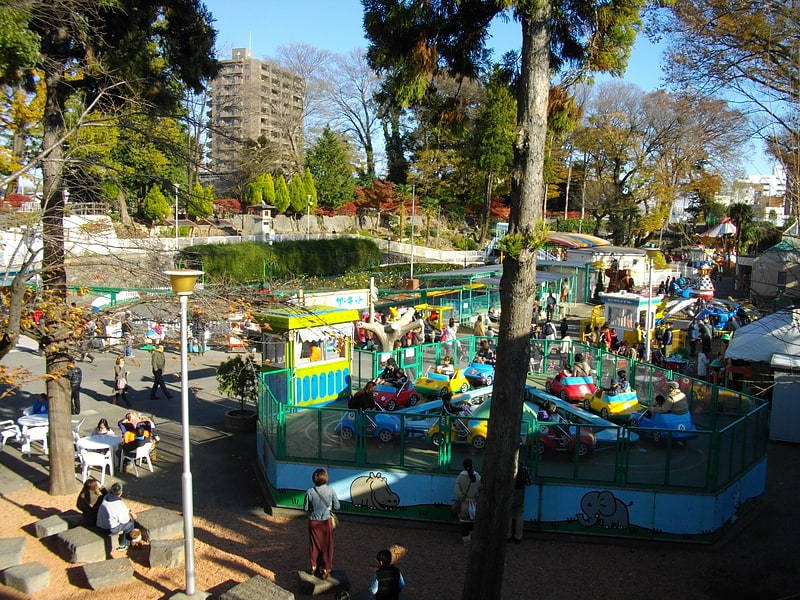
Runapaaku is an amusement park in Maebashi, Gunma Prefecture, Japan. Its official name is Maebashi Central Children's Amusement Park, which opened in November 1954 and was nicknamed "Maebashi Runapaacu" by the public in April 2004. The concept is "Japan's most nostalgic amusement park".
Address: 3-16-3 Otemachi, 371-0026 Maebashi
Gunma Prefectural Government Building
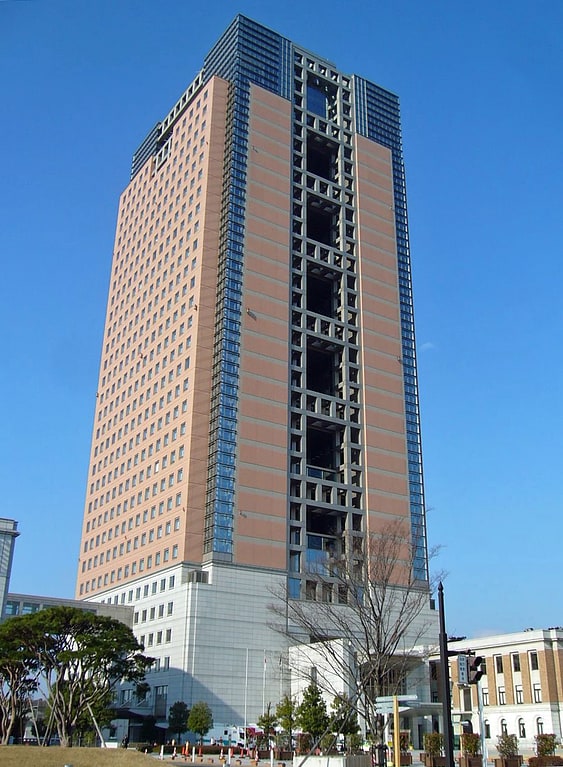
Also known as: 群馬県庁舎
Skyscraper. The Gunma Prefectural Government Building is a skyscraper located in Maebashi, Gunma Prefecture, Japan. Construction of the 154-metre, 33-storey skyscraper was finished in 1999. It is the tallest building in Gunma Prefecture.[7]
Sannō temple ruins

Sannō temple ruins is an archaeological site with the ruins of a Buddhist temple located in what is now the Sōja neighborhood of city of Maebashi, Gunma, Japan. The temple no longer exists, but the temple grounds were designated as a National Historic Site by the Japanese government in 1928, with the designated area extended in 2008.[8]
Hachimanyama Kofun

The Hachimanyama Kofun is a Kofun period burial mound located in what is now the Asakura neighborhood of the city of Maebashi, Gunma Prefecture in the northern Kantō region of Japan. It was designated a National Historic Site of Japan in 1949.It is one of the Asakura-Hirose Kofun Cluster of over 150 tumuli from the 4th to 6th century in the foothills of Mount Akagi, which also includes the Maebashi Futagoyama Kofun.[9]
Maebashi Futagoyama Kofun
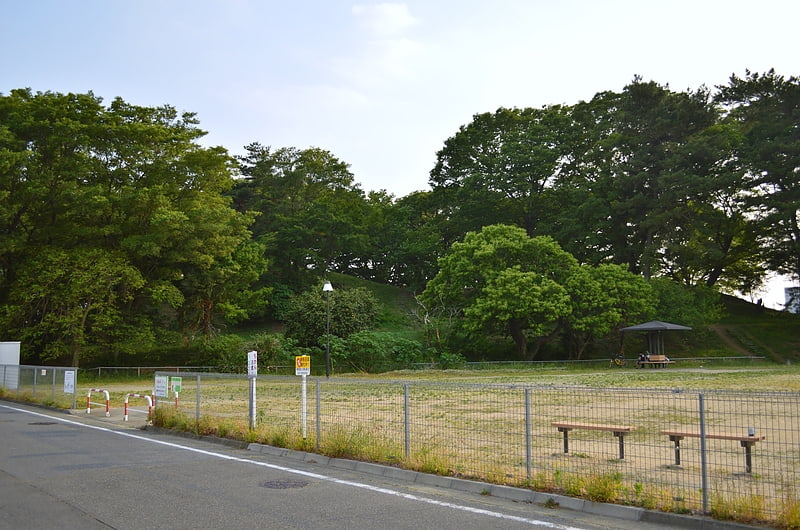
Historical landmark in Maebashi, Japan. Maebashi Futagoyama Kofun is a Kofun period burial mound located in the Bunkyocho neighborhood of the city of Maebashi, Gunma Prefecture in the northern Kantō region of Japan. It was designated a National Historic Site of Japan in 1927. It is also sometimes referred to as the Amagawa-Futagoyama Kofun.This tumuli appears in the poem "Futagoyama" by Sakutaro Hagiwara.[10]